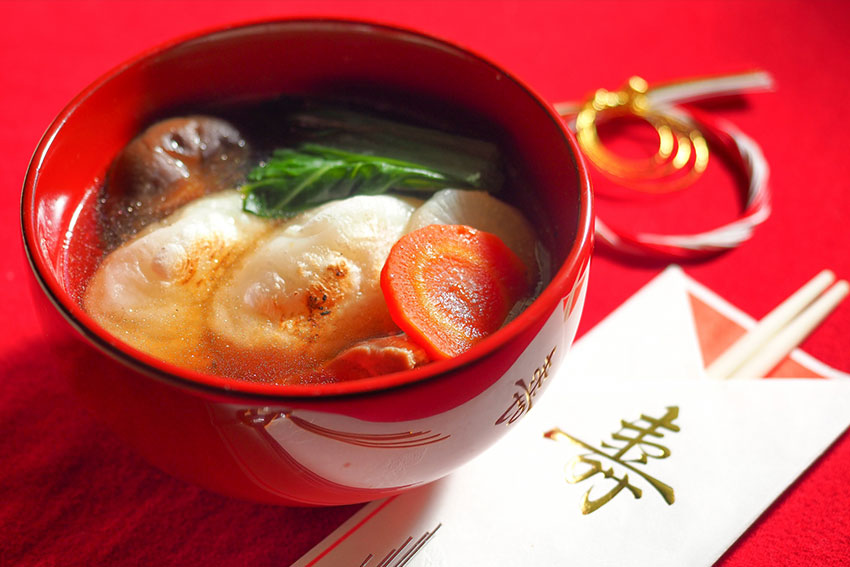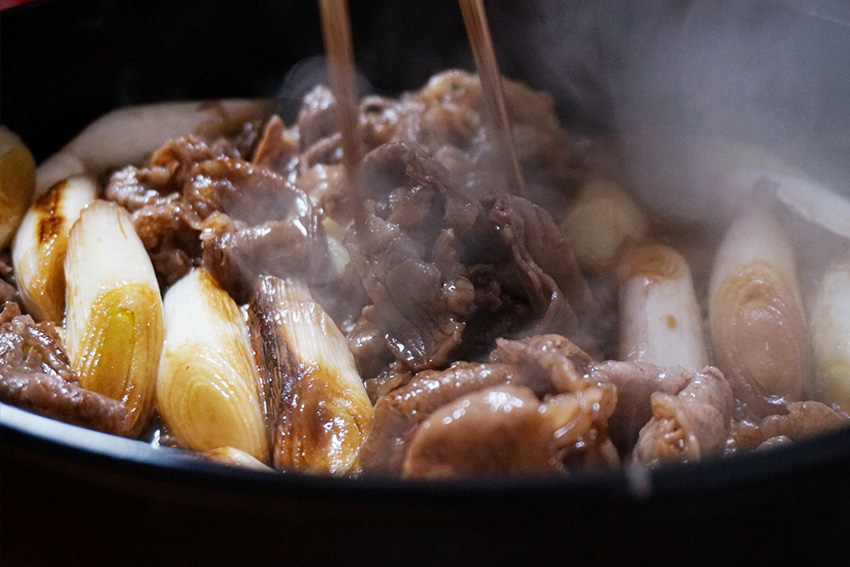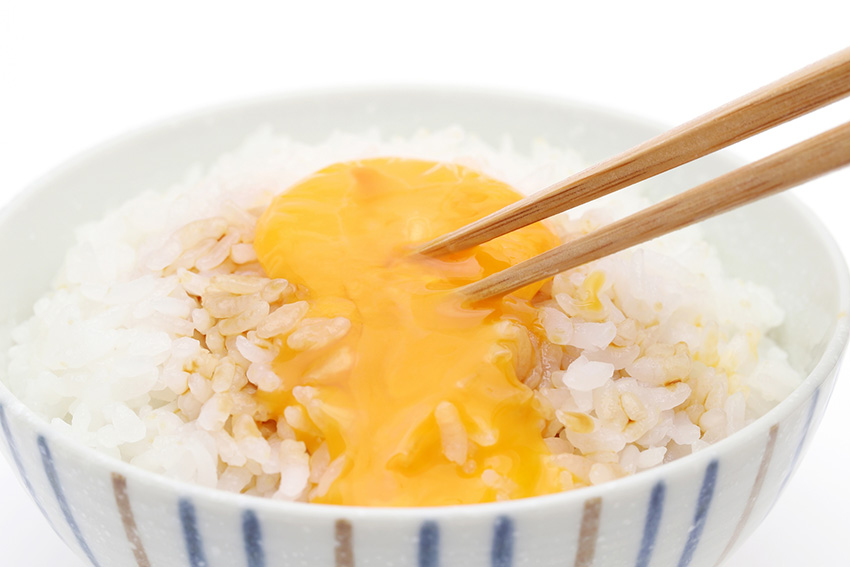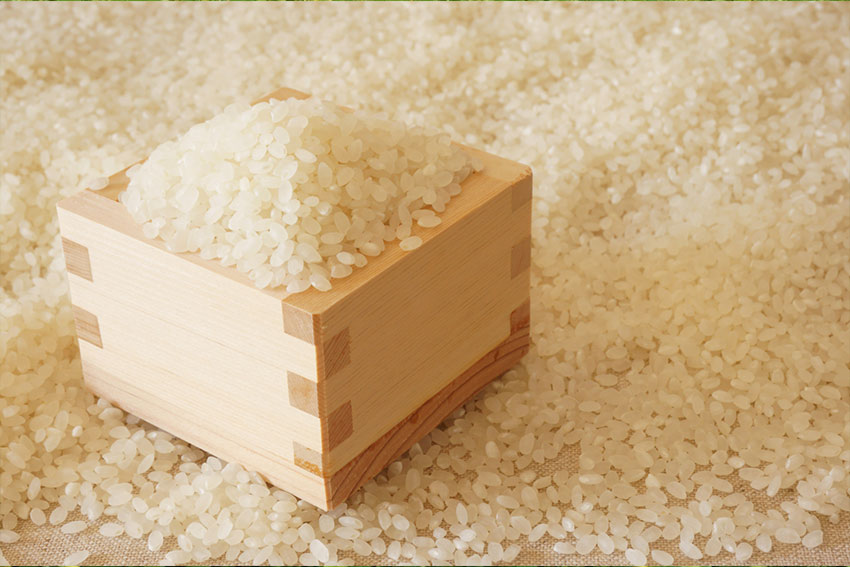In Japan, we eat a traditional Mochi(sticky rice cake) dish called "Ozoni" on New Year's Day.
Depending on the region, Soup, ingredients and seasoning are different. I will introduce you the charm of "Ozoni" which is one of the Japanese traditional dish for a long time.
Ozoni, you can't eat in restaurants.
Because it is a dish cooked in the each house and eaten at the new year only.
But, please do not be sad, at the time of New Year's Day, you can eat it for the breakfast in the hotel where you stay.
If you visit Japan in the new Year's holiday, please try to enjoy♪
What is it?
It is a dish to celebrate the new Year by eating on three days of New Year (the first 3 days), and it is a soup boiled by adding several kinds of ingredients to the subject.
There are various types of local and family.
History of Ozoni
It was said that it had been eaten around the Muromachi period (1300-1500), and it seemed to have been served at the beginning at the Samurai's feast at that time.
In other words, Ozoni is an auspicious dish to eat at the beginning of the feast, and it is said that people started to eat at New Year which is the beginning of everything.
It is also said that the Mochi and local products that were offered to God on the new year-eve were boiled in a single pot next day, the new year, and people prayed for the blessings of the rich life and healty life.
Is it true that there are many kinds of soup for Ozoni?
There are various kinds of "soup" which is the base of Ozoni for each region and home.
For example, it is often used "clear soup" which took only dashi by kelp, or the soup made with "white miso and dashi".
In addition, there are various seafood dashi such as squid, flying fish, blow fish, salted salmon and dried shrimp too.
Ozoni to show different faces in each region
So, I would like to introduce you to the Ozoni around the Japan.
The style of the Ozoni that is popular in various places is fixed roughly, but there are also recipes of each home, and it is often become a topic about the Ozoni of each other's houses even among Japanese.Sometimes they get to fight about each other's Ozoni!
Anyway, in order from the north part of Japan, let's take a look at the Ozoni around the Japan.
Hokkaido Style
Mochi is "grilled" and soup is "clear".
They often use chicken broth for the soup too.
Ingredients such as salmon fillet + carrots + shiitake mushrooms, etc. They sprinkle salmon roe.
Northeast Style
Iwate prefecture for example, the soup is "clear", ingredients are wild vegetables + radish + carrot + burdock.
In addition, They eat grilled Mochi with the walnut sauce.
Tokyo Style
The Mochi is "square cut" and the soup is "clear".
Ingredients such as chicken, some vegetables like Komatsuna, and Kamaboco, a kind of sliced fish cake.
Kyoto Style
The Mochi is "round" and "boiled", and the soup is made by sweet "white miso".
Ingredients are taro + Kintoki carrot + radish + roasted tofu + Salted yellowtail fillet etc...
Nara Style
In Yoshino-Gun district, the soup is "white miso", ingredients are taro + carrots + radish.
In addition, They eat the round Mochi with soy bean flour.
Okayama Style
Mochi is "round" and soup is "clear".
The ingredients are a lot of ingredients such as yellowtail fish + spinach and vegetables.
Hiroshima Style
Mochi is "round" and soup is "clear".
Some vegetables and the famous oysters on top, of course!
Kagawa Style
The Mochi is "round" and there are chunk of sweet Anco(red bean paste) inside of it. Soup is made by white miso paste.
Ingredients are carrot + radish + dried seaweed etc... The feature is that there is a red bean paste Mochi. It is actually quite delicious.
Fukuoka Style
Mochi is "round" and soup is "clear" using flying fish dashi.
Ingredients include salted yellowtail fish + shiitake mushroom + taro etc...
Summary
The diet is enriched and it is easy when you are in Japan to taste dishes from all over the world, but there is still a sense that Ozoni would eat only at home in the new year.
I would like to continue to eat delicious Ozoni every New year.







